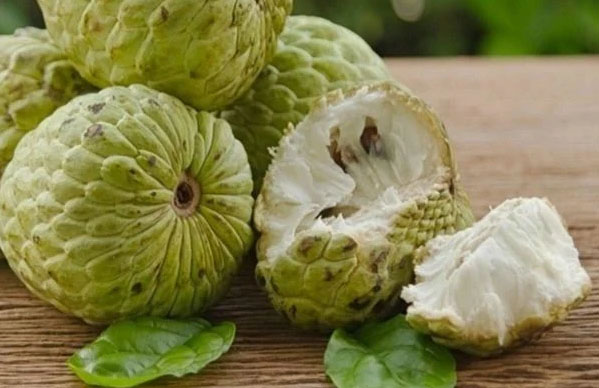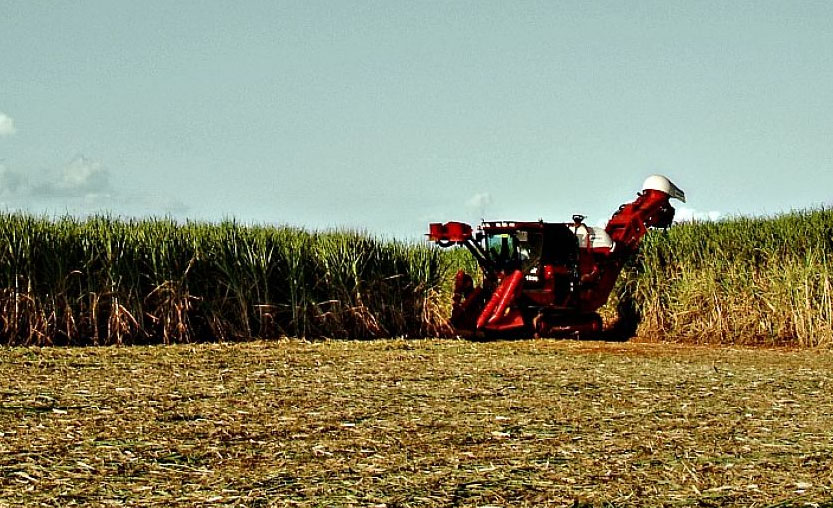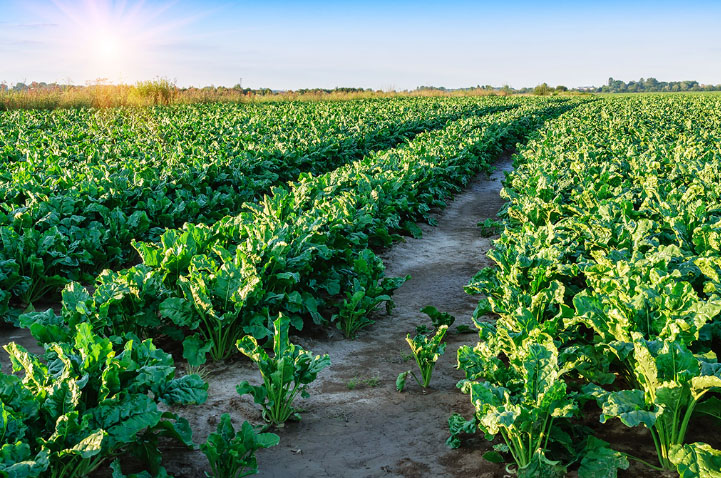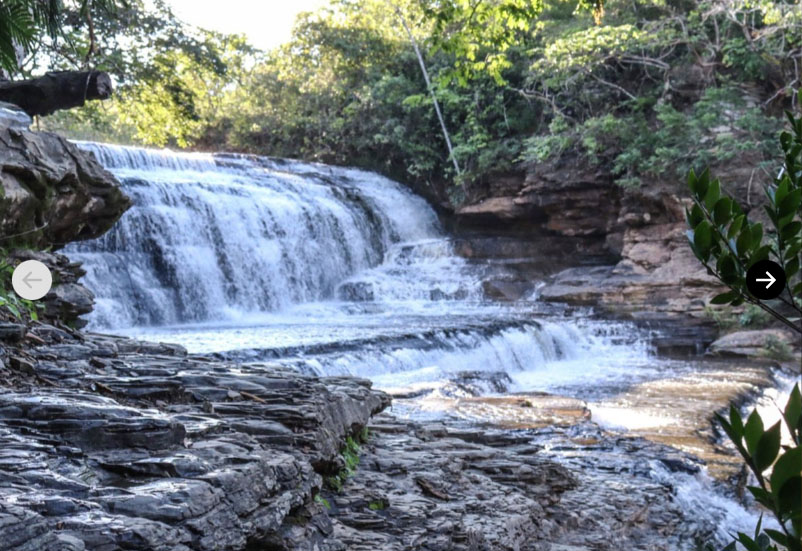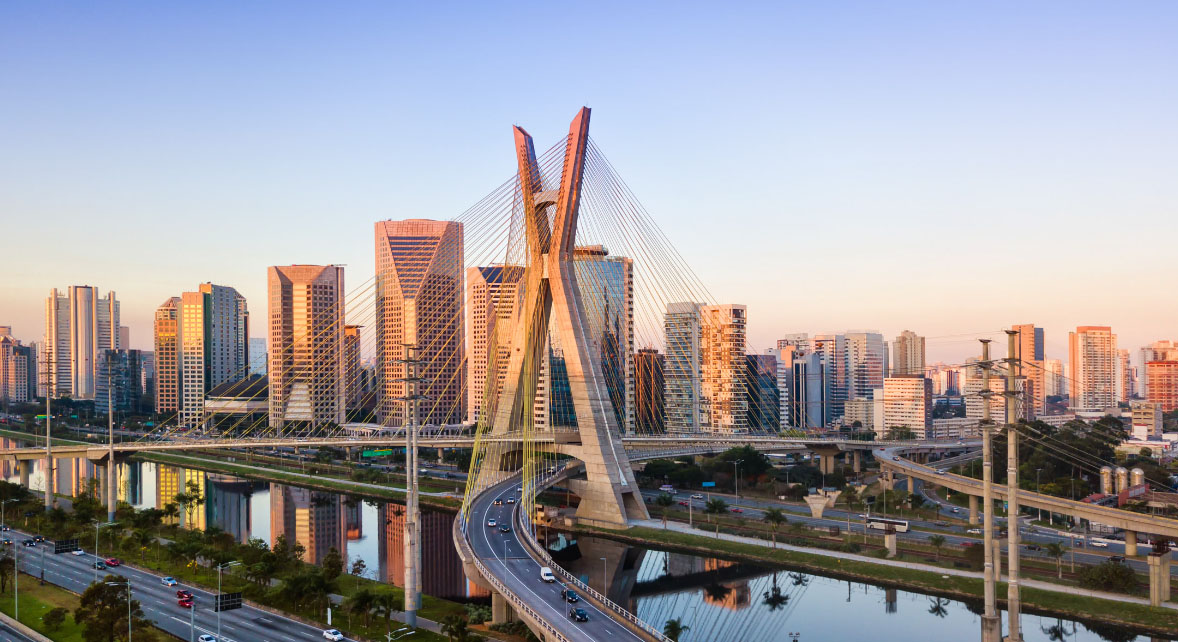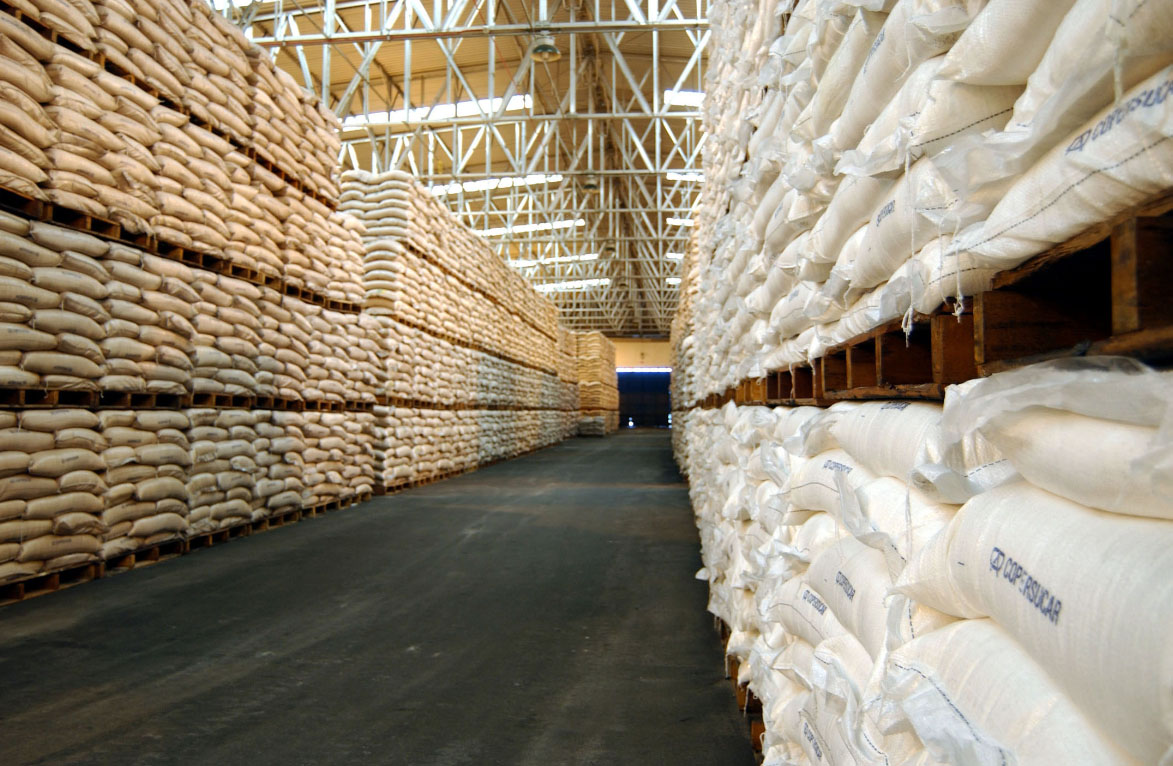Brazil’s
lush landscapes have long been associated with the sweet bounty of sugarcane.
However, the production of this sweet crop comes with its share of
environmental challenges, particularly in the realm of deforestation. In this
blog post, we’ll dive into the complex relationship between sugar cane
production and deforestation in Brazil, shedding light on the environmental
challenges and the efforts undertaken to strike a balance between sweetness and
sustainability.
The
Sugarcane Story in Brazil
Historical
Roots: Sugarcane has a deep historical connection with Brazil, dating back to
the country’s colonial era. The Portuguese introduced sugarcane cultivation,
which became a significant driver of Brazil’s early economy.
Economic
Impact: Today, Brazil is a global leader in sugarcane production. The sugarcane
industry plays a vital role in the nation’s economy, providing employment,
export opportunities, and income.
Deforestation
Challenges
Land
Conversion: The expansion of sugarcane plantations often requires the
conversion of forests and other natural ecosystems into agricultural land. This
can lead to deforestation and habitat loss for various species.
Biodiversity
Concerns: The removal of native vegetation can have a negative impact on
biodiversity, with many species losing their natural habitats due to land
clearing.
Carbon
Emissions: Deforestation contributes to carbon emissions, as trees store carbon
in their biomass. When forests are cleared, this carbon is released into the
atmosphere, further contributing to global climate change.
Sustainability
Initiatives
Responsible
Land Use: Many sugarcane producers in Brazil are actively implementing
responsible land use practices, striving to reduce the environmental impact of
their operations.
Reduced
Water Usage: Water is a precious resource, and some sugarcane farms are
adopting efficient irrigation methods and water conservation practices.
Biodiversity
Conservation: Initiatives such as agroforestry and the creation of protected
areas aim to strike a balance between sugarcane cultivation and the
conservation of native ecosystems.
Sugarcane
and Renewable Energy
Sugarcane
Ethanol: Brazil is a leader in sugarcane-based ethanol production. Ethanol
produced from sugarcane offers a more sustainable and eco-friendly alternative
to fossil fuels.
Reduced
Carbon Footprint: The use of sugarcane ethanol in the automotive industry
reduces greenhouse gas emissions, contributing to Brazil’s commitment to
sustainability.
The Path
Forward
Balancing
Act: The challenge lies in finding the right balance between sugarcane
production and environmental preservation. Sustainable practices, technology,
and responsible land management are essential.
Global Implications:
The world is increasingly focused on sustainability and reducing the
environmental impact of agriculture. Brazil’s efforts in sugarcane production
can serve as a valuable example for the global agricultural industry.
Conclusion
The
relationship between sugarcane production and deforestation in Brazil is a
complex one, but it is not insurmountable. With responsible land use,
sustainability initiatives, and a commitment to reducing the environmental
footprint, Brazil is taking steps toward a greener, sweeter future. The global
shift toward sustainable agriculture and renewable energy aligns with Brazil’s
efforts, showcasing the country’s potential to strike a balance between
sweetness and sustainability.


